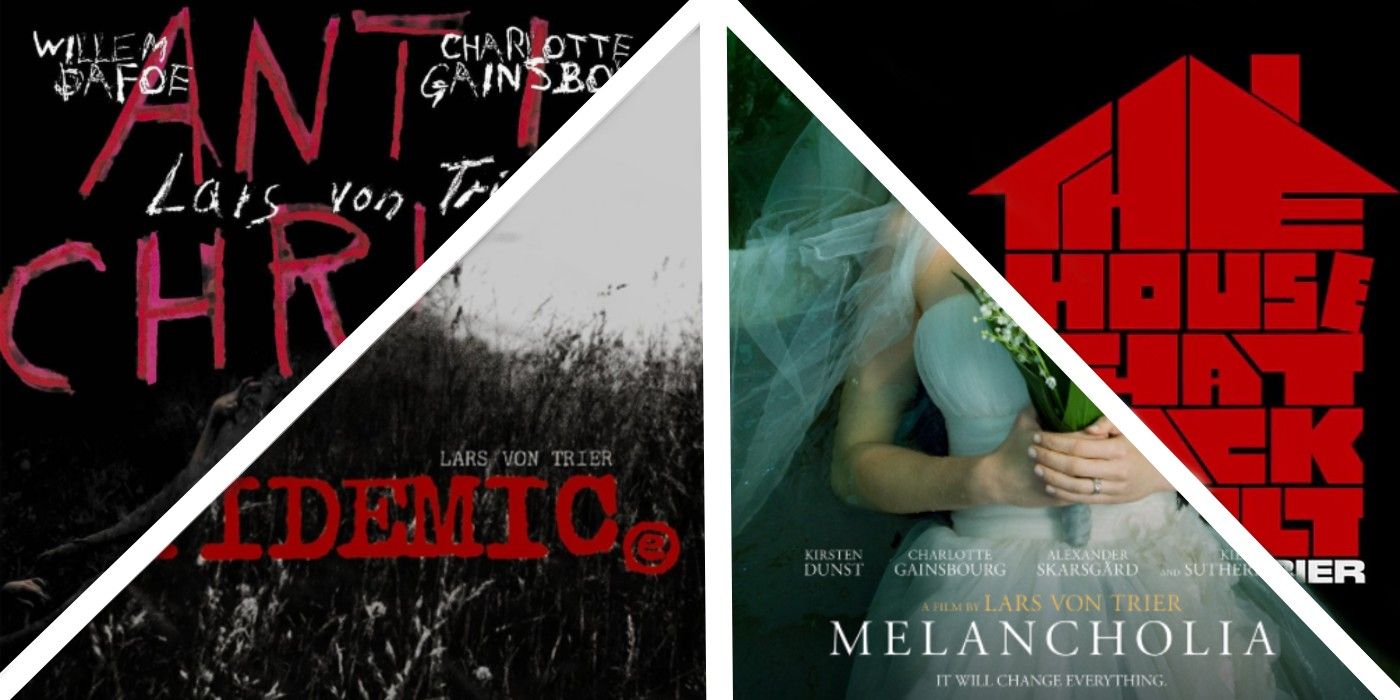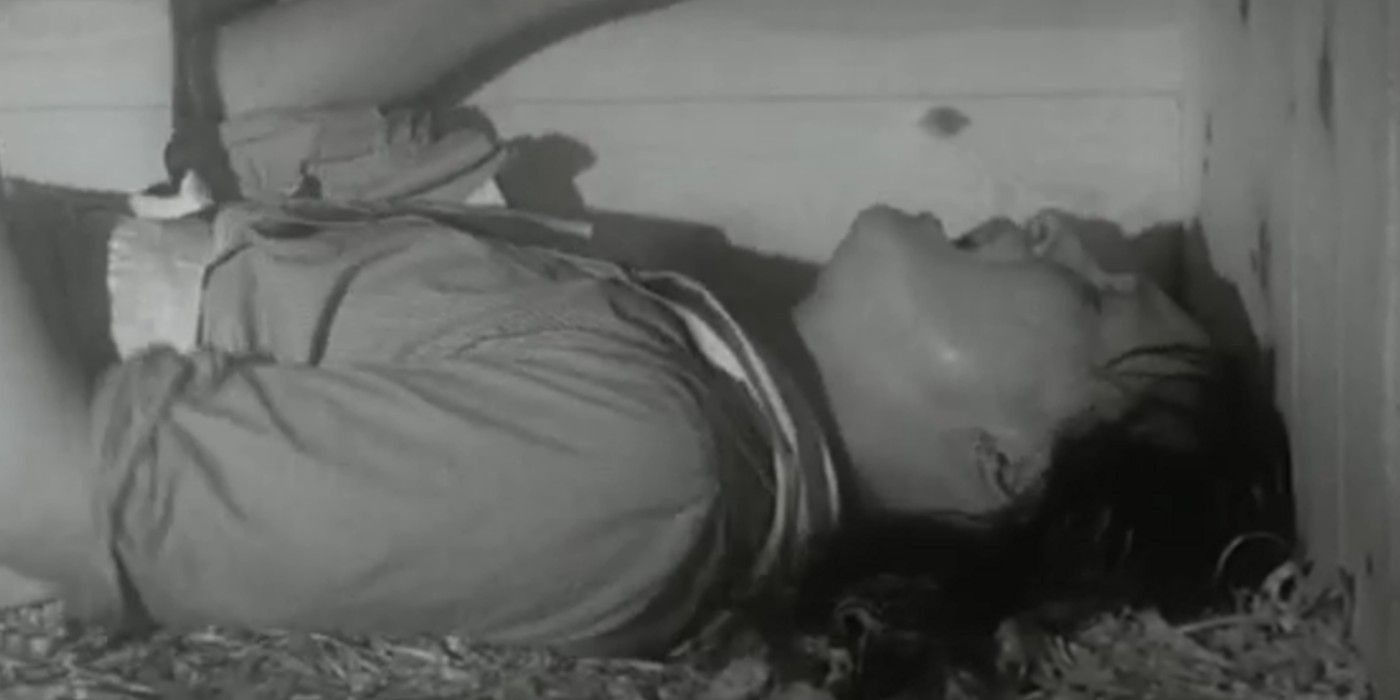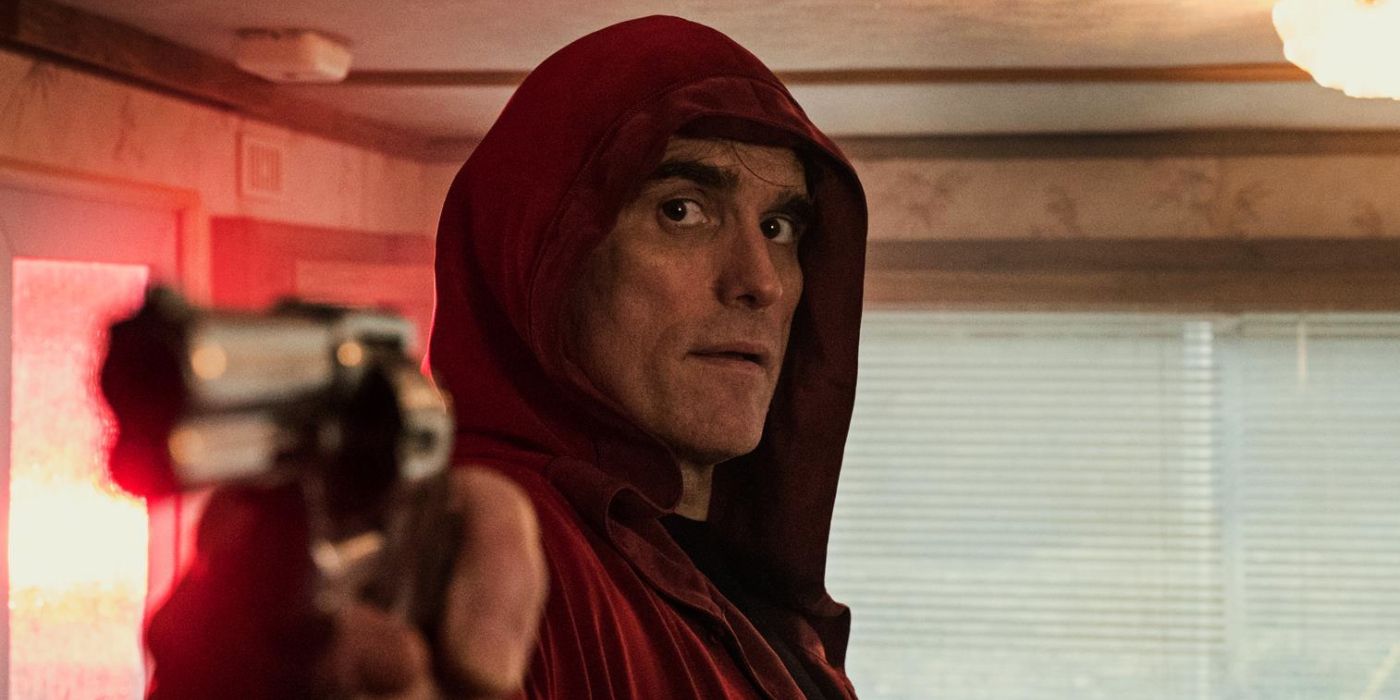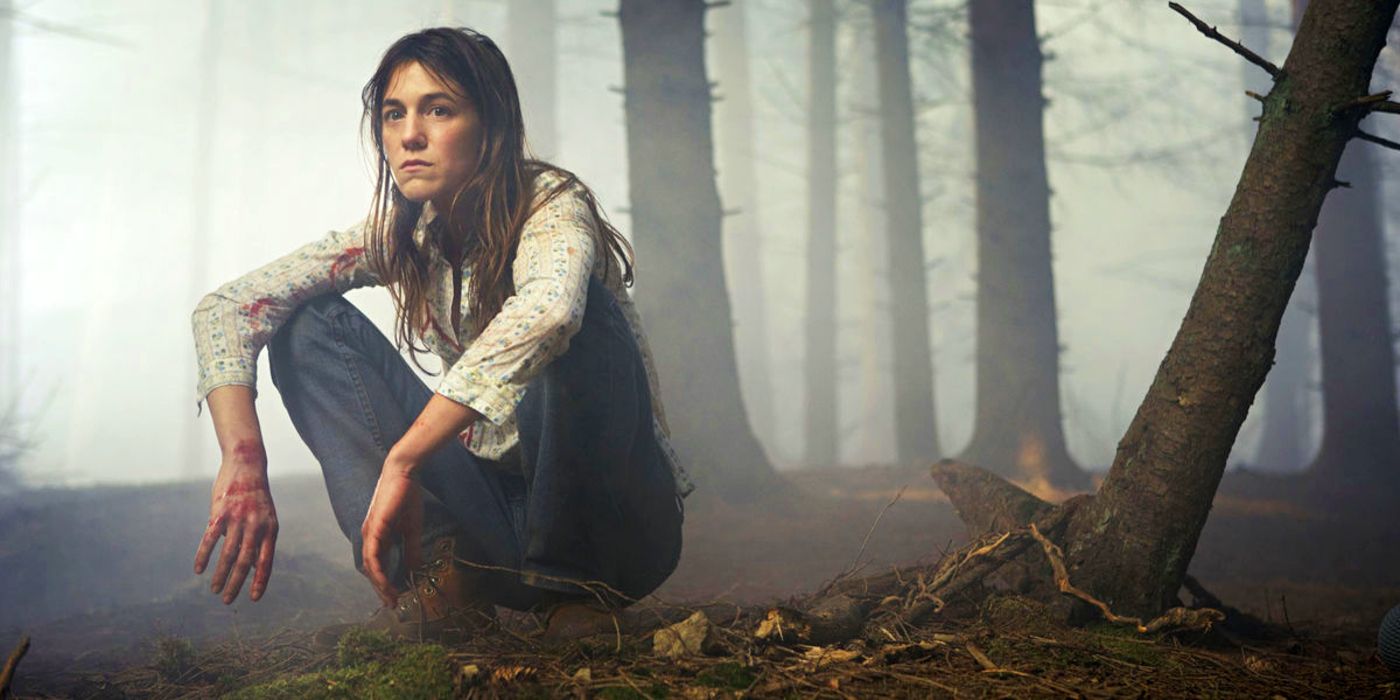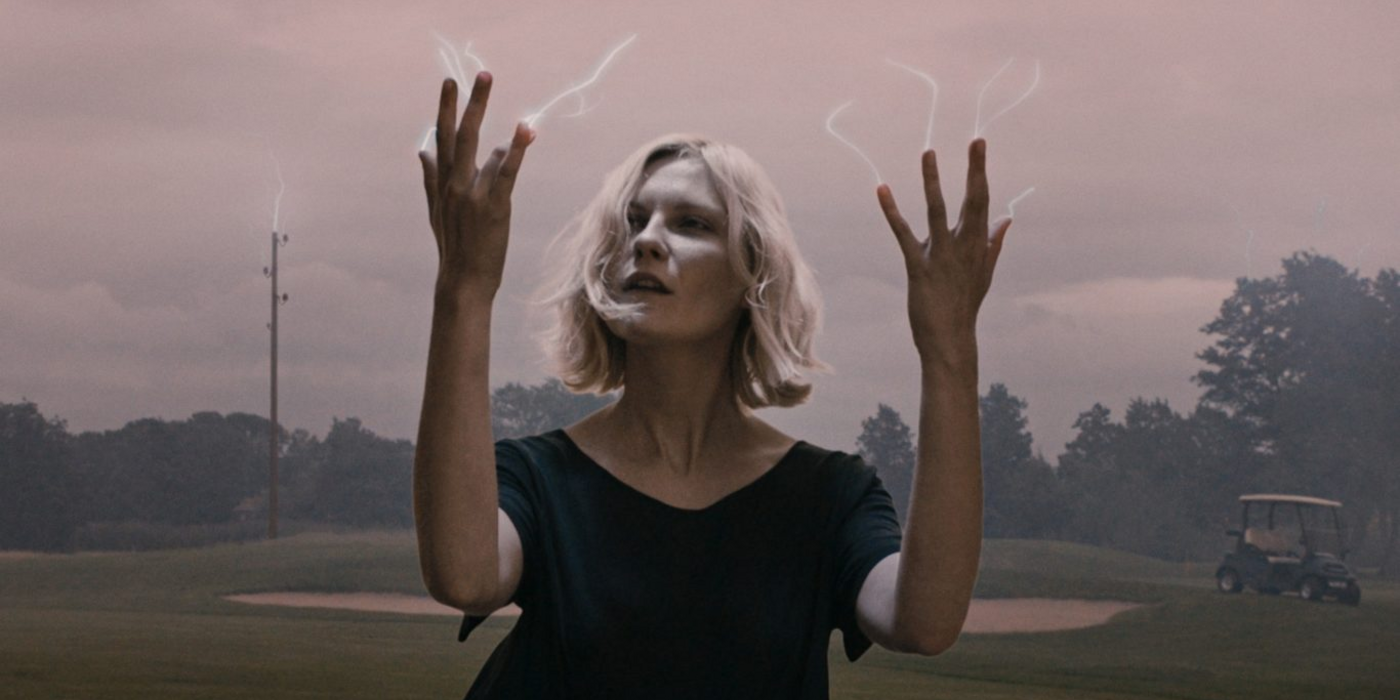The controversial Danish screenwriter and director Lars von Trier is known for crafting unique films that speak to a range of drama themes that include interpersonal relations to mental illness. While his most popular work is arguably Nymphomaniac (2013), he created several horror films that are more than deserving of recognition.
Lars von Trier has worked in the film industry for nearly forty years and has built a reputation for being a talented director with an overwhelming amount of controversies. Primarily, film critics and scholars have been critical about his construction of women characters in his films. It is common that women in his works fall within the categories of sadists or masochists. These two identifiers are used solely due to the influence the French libertine the Marquis de Sade has had on Lars von Trier. Women are either the victims of violent acts or the perpetrators of them; they lack any true characterization beyond these roles.
He has utilized women as main characters to tell deeply personal stories. His “depression trilogy,” for example, contains three films Antichrist (2009), Melancholia (2011), and Nymphomaniac, each of which center around the experiences of women. His most recent horror film, The House That Jack Built (2018), distinctly focuses on women as victims of the serial killer Jack. The situations he places women in are what make his works of the horror genre so absolutely horrific and unsettling. Here is where Lars von Trier’s horror films rank against each other.
4. Epidemic (1987)
The second installment in Lars von Trier’s “Europa trilogy,” Epidemic (1987) is a standard horror film that takes place within the span of five days. Von Trier stars as himself, with his character, Lars, writing a screenplay with Niels Vørsel. As they continue to write the script, the situations written on paper become real. It is not a very noteworthy film when compared to his other works, and lacks the innovation of his later films. Epidemic is the least successful film in the Europa trilogy, which made von Trier an underwhelming horror director who did not contribute to the genre again for nearly twenty years. It disappoints on a multitude of levels, but primarily due to the fact that it was underdeveloped and had potential, but never reached it fully.
3. The House That Jack Built (2018)
His most recent horror film, The House That Jack Built follows a serial killer, Jack (Matt Dillon), who is committing his crimes during the 1970s and 1980s in Washington state. He is a failed architect who recounts his murders to Virgil (Bruno Ganz). As Virgil, referred to as Verge, takes Jack through the nine circles of hell each of the murders relate to an aspect of the divine comedy of Dante Alighieri’s 14th century epic. It is a remarkably artistic piece of horror that takes various elements of the genre and creates an extraordinary experience.
Ultimately, von Trier’s use of classic concepts of hell such as Dante’s Inferno combined with contemporary fears of serial killers makes The House That Jack Built one of his best films. It is reminiscent of Christian Bale’s Patrick Bateman in American Psycho (2000), but with a detailed backstory that creates more than just the average killer. This film in particular established a resurgence in interest in von Trier as a horror director, leading fans and critics to wanting more work from him in the genre. Regardless of its successful release, it has been heavily criticized for its attempts to pathologize and explain the creation of serial killers in early childhood.
2. Antichrist (2009)
In 2009, Charlotte Gainsbourg and Willem Dafoe starred in Lars von Trier’s experimental psychological horror film, Antichrist. Their characters do not have names, and instead only go by “He” and “She”. The events of the film take place in the aftermath of their only son falling from their balcony to his death. In order to assist in his wife’s recovery, He takes her to their cabin in the woods. He forces her to confront her fears but, in a surprising twist, She reveals that He should be afraid of her. As the film reaches its climax, it turns into an all-out bloodbath and battle between the couple.
She expresses to her husband that it is in a woman's nature to be evil and malevolent, which caused a great deal of controversy for von Trier. It is filled with gore and traditional body-horror elements including the dismemberment of genitalia both off screen and on. Due to von Trier’s use of these shocking themes, it makes the film difficult to watch and return to. It relies far too much on being shocking once the horror commences and loses the artfulness of the beginning. Antichrist could be better than what it is, but it is still one of his most impressive horror films with its use of nature, religion, violence, and underlying psychosis.
1. Melancholia (2011)
Melancholia is the second installment in Lars von Trier’s “depression trilogy”, which includes Antichrist and, its finale, both volumes of Nymphomaniac. It is split into two parts with the first focusing on Justine (Kirsten Dunst) and the second on Claire (Charlotte Gainsbourg), her sister. The film opens up on Justine’s marriage, a traditionally joyous event, that quickly turns sour as her severe depression leads her into a dark episode. In the aftermath, Claire is forced to take care of her because the rest of the family perceives her mental health as a burden. All of this occurs while a planet named “Melancholia” approaches the Earth; it will inevitably crash into it, destroying humanity entirely.
It is by far Von Trier’s most haunting horror film. Melancholia is a horrific drama about the ways individuals experience the inevitable end of the world with no way to prevent it from happening. It forces them into the mindset of accepting their death and the fate of their loved ones. The toxicity of the interpersonal relationships between the characters forces more tension on the audience and provokes them to consider how they would potentially handle the end of the world. Justine accepts it, Claire fights against it, her husband takes his own life, and her son is confused. It is a brilliantly horrific film which stands out among the rest.
Conclusively, Melancholia is by far von Trier's best horror film because it does not rely on genre tropes and gore, such as in his film Antichrist. Instead, von Trier creates a horror film similar to Ari Aster’s Midsommar (2019), where its genre elements are located within the characters and utilize a high stressor as its backdrop. It is a brilliant use of characters, location, and the idea of inescapable destiny. None of his horror films are inherently bad; they are all worthy of praise, but Melancholia contains elements that surpass the others. While Lars von Trier is by no means considered a horror director, his filmography within the genre proves that he is a talented craftsman in writing and directing films that both disturb and horrify.

